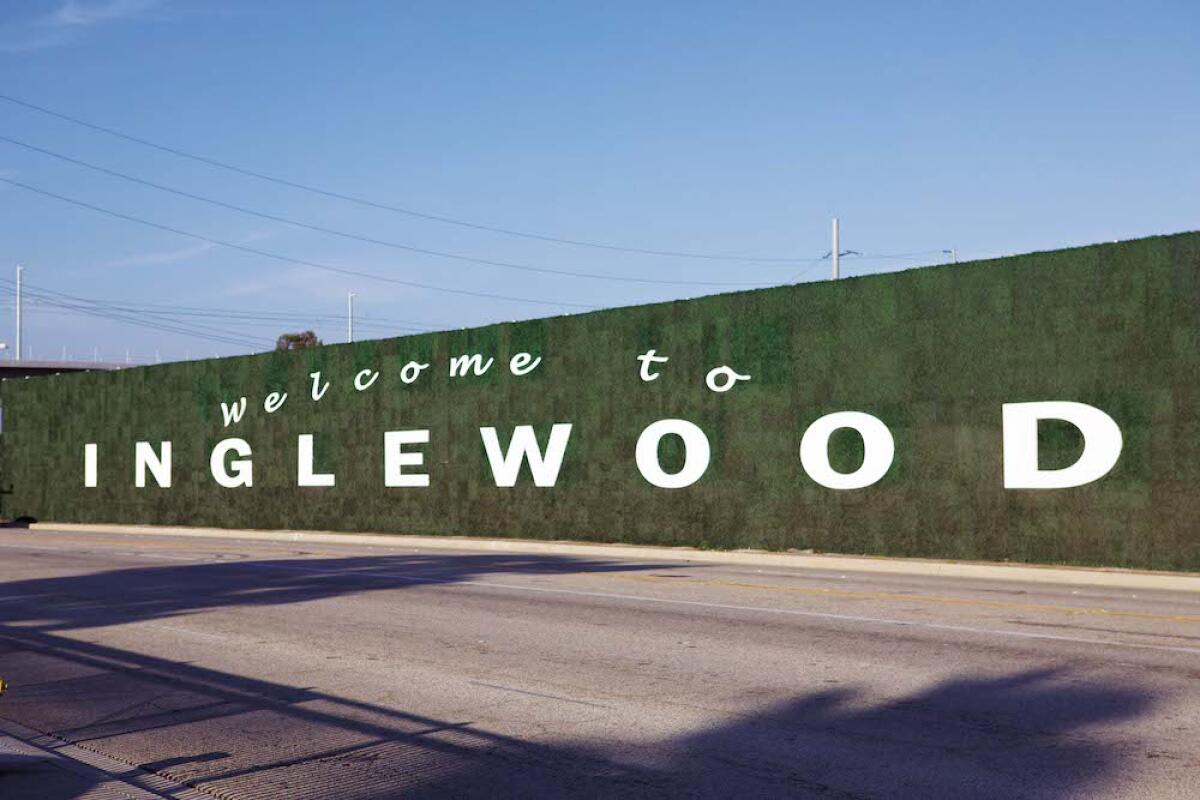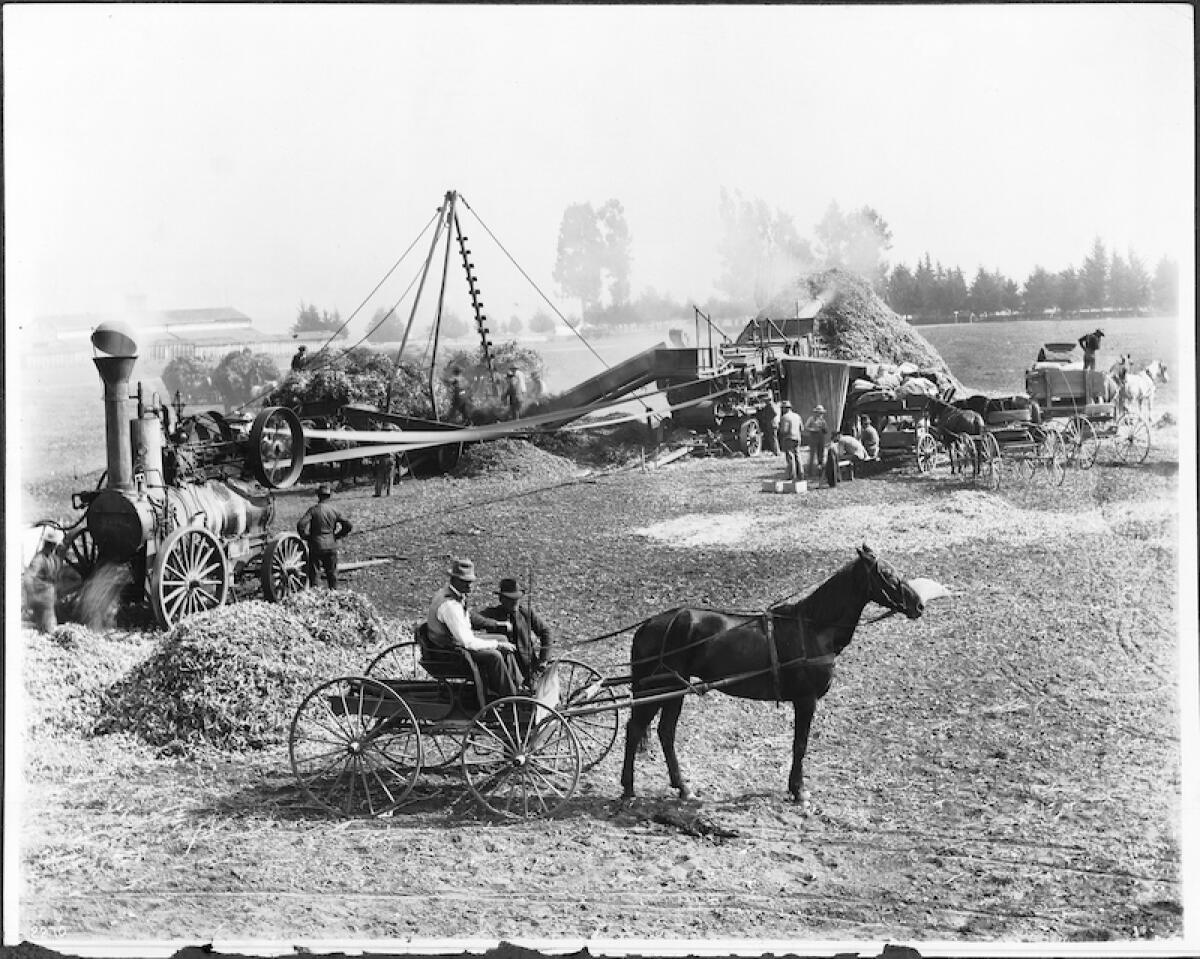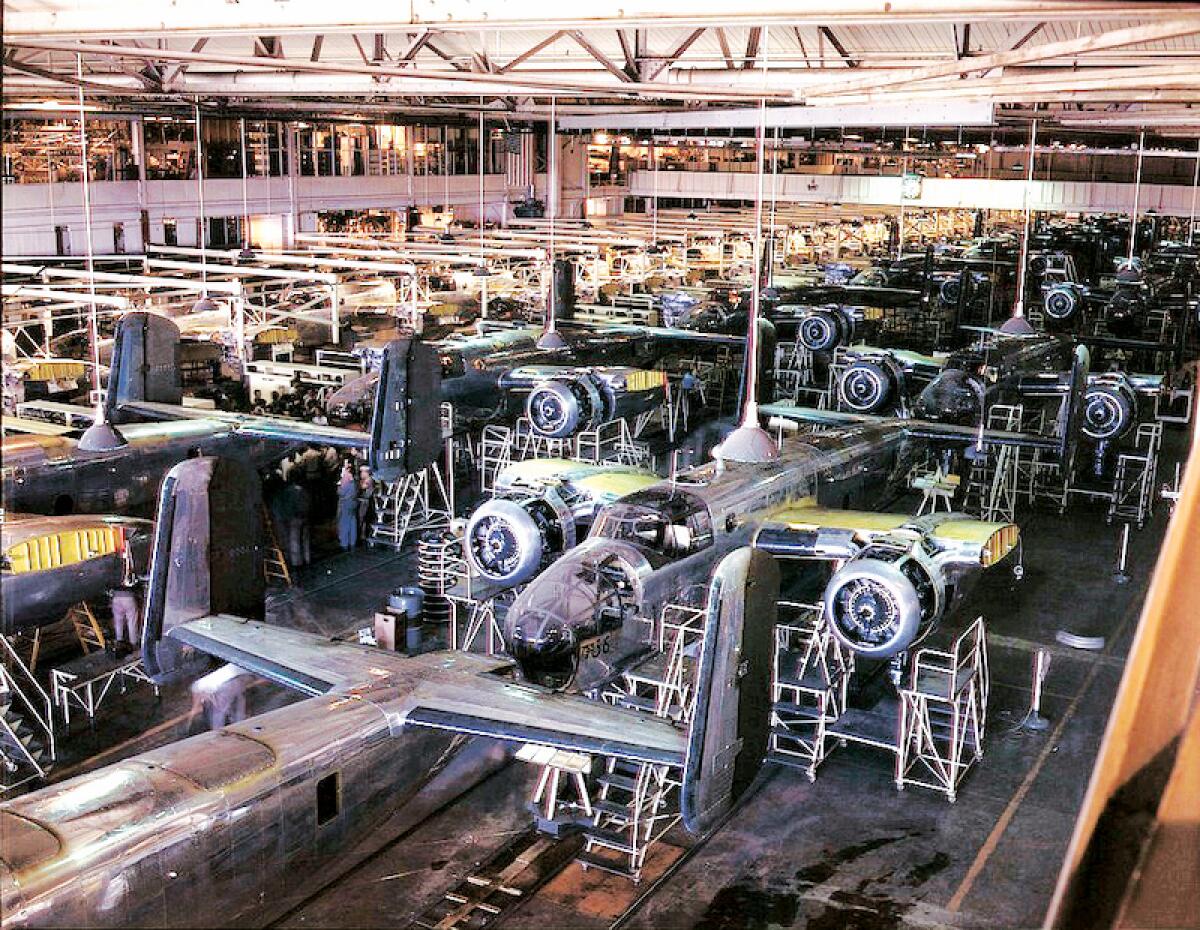A Brief History of Inglewood

It is somewhat ironic that Inglewood’s original 1920s boom was spurred by people converging to view the after-effects of an earthquake. Because today the city is experiencing a headline-making renaissance characterized by the rising of spectacular buildings and developments, with all the ensuing economic benefits.
Back in 1920, curious Californians trekked to the fledgling Inglewood to see damage caused by a quake just west of the city. Impressed by the area’s wonderful microclimate, many decided to put down roots. This unlikely phenomenon made Inglewood the fastest growing city in the United States from 1920 to 1925.
By contrast, the city’s recent regeneration has been both spurred and symbolized by its new SoFi Stadium, the surrounding Hollywood Park mega-development, and the under-construction Intuit Dome arena. While this rapidly developing infrastructure has grabbed headlines, an underlying renaissance of record-low crime rates, soaring property values, and forward-thinking, inclusive policies to aid in creating generational wealth for a historically Black and Brown community have helped to make today’s Inglewood a place to be, and a place to stay.

Earliest Records
While the earliest written records of the area that became Inglewood date back to 1781, even before that Native Americans were using the natural springs in what is today Edward Vincent Jr. Park to water their herds. The gentle hills that rose around the springs allowed herders to watch over their cattle, earning the area the name Centinela (“sentinel”) – a word still common to many places and institutions in modern Inglewood.
The rich history of community in Inglewood began with Spanish settlers moving north from Mexico. Ordered by the San Gabriel Mission to graze their animals on the ocean side of Los Angeles, away from Mission lands, these hardy pobladores drove their cattle to the lush pastures around Aguaje de Centinela (Centinela Springs). It was here that the first permitted construction, a herder’s hut and corral, was initiated by Bruno Ygnacio Ávila in 1822. A historical marker for the Aguaje de Centinela can today be found at the corner of Centinela Avenue and Florence Boulevard.
The land now occupied by Inglewood was then divided into two rancho grants: Rancho Aguaje de la Centinela and Rancho Sausal Redondo. Avila built a three-room adobe in the spot which is now the baseball field in Edward Vincent Jr. Park. That building is long gone, but the 1834 Centinela Adobe, built by the son of a Spanish soldier sent to protect the original settlers, has been preserved as the headquarters of the Centinela Valley Historical Society, on Midfield Avenue overlooking the 405.

American Era
Following the cession of California to the United States after the Mexican American War in 1848, the twin ranchos changed hands multiple times. The Inglewood name originated in 1873, when Daniel Freeman acquired the combined property and moved his family into the Centinela Adobe. Freeman founded the Centinela-Inglewood Land Company in 1887. He took the name from his hometown in Canada, which the California Inglewood would ultimately far outgrow.
Inspired by Charles Nordoff’s “California for Health, Pleasure, and Residence: A Book for Travelers and Settlers,” Freeman built a vast empire and a substantial Inglewood home. A pioneer of wheat cultivation in Southern California, he shipped millions of bushels from his wharf at Playa del Rey.
Boasting around 300 residents, Inglewood soon showed the signs of a true town: a railroad station, school, deputy county clerk, and deputy sheriff. In 1905, the city recovered from a nationwide financial crash with the establishment of a poultry colony in what is now North Inglewood. The Inglewood Park Cemetery, announced as “the largest cemetery in the world,” was established that same year, complete with a streetcar line to carry both mourners and coffins. The cemetery still operates on East Florence Avenue.
By the time Inglewood was incorporated in 1908, it had a population of 1,200. Then came its massive, if counterintuitive, growth following the 1920 earthquake. In 1928, Mines Field, which as Los Angeles International Airport (LAX) has been so significant to Inglewood’s current prosperity, was established in neighboring Westchester. Its original hangar is still in use and listed on the National Register of Historic Places.
Like so much of America, World War II transformed Inglewood from an agricultural hub into an urban community. Defense-related industrial activities stimulated by the conflict brought new workers and their families to the city.
Such development continued during the Cold War, including the U.S. Air Force establishing its Space and Missile Systems program in the old St. John’s Catholic School at Manchester and Locust in 1954, which later developed America’s first intercontinental ballistic missile.
Metropolitan Development and Racial Diversity
The 1960s and ‘70s saw Inglewood both developing and taking on the multi-racial metropolitan aura it retains to this day. Its population rocketed from 63,000 in 1960 to 90,000 just a decade later. The skyline began to change with the construction of high-rise buildings, including the modern City Hall and Civic Center complex, dedicated in 1973. Capitalizing on its proximity to new freeways and the expanding LAX, office buildings sprang up, such as the 14-story Trizec building on La Cienega Boulevard. Hollywood Park Racetrack, which was established in 1938 but then closed during World War II and was later severely damaged by fire, had reopened and was extended in 1984.
The city’s storied Forum opened in 1967 as a major concert venue and home to the Los Angeles Lakers and Los Angeles Kings franchises. The famed arena brought many visitors and much commerce to Inglewood, while stoking its “City of Champions” moniker and reputation. The Los Angeles 1984 Summer Olympics shone further global attention on the city when both the U.S. men’s and women’s teams cruised to basketball gold medals at the Forum.
Equally significant to today’s diverse and inclusive Inglewood was its shifting racial demographics from the 1960s to 1980s. Harold P. Moret became the city’s first black police officer in 1969 (the seventh was current mayor James T. Butts Jr.). The following year, Inglewood schools were ordered to desegregate and soon had their first Black principal. In 1972, Inglewood elected its first Black city council member, and it has consecutively elected Black leadership to the job since 1983. That same year, Inglewood became the first city in California to honor the birthday of Martin Luther King Jr. as a holiday. It received an All-America City Award from the National Civic League in 1989 (and again in 2009).
Inglewood Today
Contemporary Inglewood is a Southern California success story that both mirrors and, in some ways, subverts the growth of many L.A. neighborhoods. Since the election of Butts as mayor in 2011, it has enjoyed meteoric economic growth and development, as reflected in skyrocketing property values, and plunging crime rates. But, unlike many such radical city renewals, Inglewood has successfully resisted gentrification through new strict rent caps, affordable housing projects, and local-hire provisions in new developments that have allowed the city’s longtime residents to find jobs, stay in their homes, and to develop generational wealth. Today a city of 110,000, Inglewood remains 93% Black and Brown.
Inglewood had a period of economic stagnation when its pro sports teams left the Forum in 1999, which cost the city at least $800,000 annually in lost taxes and visitor spending. The nationwide economic downturn at the end of the 2000s further bruised its economy. But a turnaround began, symbolically and literally, when Mayor Butts negotiated a $100-million deal to refurbish the Forum in 2012. This proved to be the catalyst for Inglewood’s rebirth as the region’s vibrant sports and entertainment capital.
As well as the Forum itself again thriving since reopening in 2014, that venture had a domino effect that also brought the new SoFi Stadium, home to the NFL’s Los Angeles Rams and Los Angeles Chargers, to Inglewood. And this was just the centerpiece of the $5-billion, 300-acre mixed-use Hollywood Park on the site of the old Hollywood Park Racetrack. Then, in 2021, ground was broken on the $1.8-billion Intuit Dome, the new home of the Los Angeles Clippers NBA franchise.
Symbols of Inglewood’s revival are everywhere. A new Girl Scouts of America regional headquarters opened in the city in 2019. Two years later, the prestigious Los Angeles Philharmonic Youth Orchestra of Los Angeles debuted its new Inglewood home, with local musicians making up around 80% of its student body. Super Bowl LVI will be held at the SoFi Stadium this year, with the Summer Olympic Games, including both opening and closing ceremonies, coming to town in 2028.
It is metaphorical of Inglewood’s recent fortunes that the Youth Orchestra’s sleek new home, designed by legendary L.A. architect Frank Gehry, occupies a former bank from the city’s original 1960s heyday that had closed during leaner times. And emblematic of Mayor Butts’ impactful business savvy was the city’s purchase of the building for $4.1 million and then selling it to the Philharmonic for $5.6 million just 11 months later.
From sleepy beginnings as hardscrabble ranchos during the birth of California, Inglewood has evolved into a multicultural mecca that is a socioeconomic model for not only the state, but also for the country. In the midst of its most exciting chapter to date, the city is proudly preserving its demographics and ensuring that residents are first to benefit from its ongoing revival and spectacularly bright future.